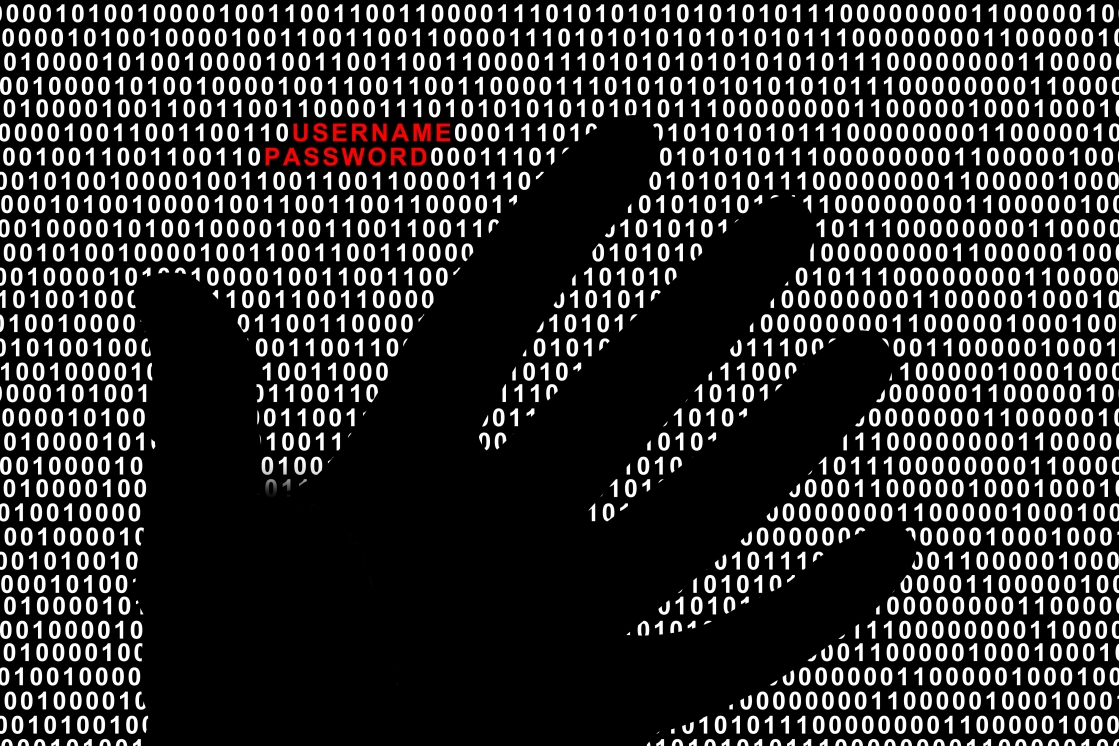Why is cybercrime growing?

Cybercrime is a low risk venture, and hackers gain a high reward from their illegal activities at very low cost.
The year has already seen a number of global attacks(1) and understanding why a hacker attempts to steal sensitive information could set users on a good path to protecting themselves from being defrauded.
Risk and many, many rewards
The cost of hacking can be relatively low. That's because all a person needs is a computer and an internet connection to go along with the knowledge needed to compromise a system.
Anyone can be an identity thief, and anyone can be a victim. In December of 2015, four people were arrested in Sydney on charges of impersonating others with stolen information, according to the Australian Federal Police(2). Attackers could also be based overseas, like one of the many Americans that were arrested in 2015 because of tax fraud. For example, a man in Connecticut was taken into custody on charges of stealing identities from various people and claiming US$7.5 million from the US Treasury, stated in data from the IRS(3).
With attacks coming from any angle, McAfee believes that the frequency of attempted identity theft will increase as more business functions move online(4). Further, a hacker has two main forms of exploitation: social engineering and finding vulnerabilities(4). Phishing scams are common and often difficult to spot without knowing what to look for, but having a system that is unprotected from hacking leaves a user open to all kinds of data theft.
While operating costs remain low, the rewards that a hacker can gain from a quick attack are numerous. People store more and more information on their mobile devices or computers such as credit card numbers and passport information, and having that information accessed by hackers can be perilous if you are not prepared for it. With a name and credit card information, anyone in possession of that data can make purchases posing as someone else online. Passports can also be replicated with sufficient details hacked, and that means entire identities can be used to direct criminal charges toward another person's identity(5).
How can they get away with it?
Stealing intellectual property (IP) is becoming easier the more connected businesses and individuals become to the online world(4). When a business is deciding how much risk is posed to its IP, McAfee states in its 'Net Losses: Estimating the Global Cost of Cybercrime' report that the vulnerability of an the organisation can be underestimated(4).
When that risk is not realised, appropriate protections are not put in place - such as firewalls and virus scanners for emails and internet usage. The McAfee report stated that organisations looking at their risk see the decision as a business move, and if these companies are unaware of how they could be compromised then sufficient spending will not occur on protection. That leaves hackers a window of opportunity.
A 2015 survey undertaken by the Australian Cyber Security Centre of businesses in the country found that 50 per cent of those questioned had been affected by a cyber incident within the past 12 months(6). 43 per cent of those who had experienced a hack did not report it to any authority, giving the reason that there were "no benefits of reporting"(6).
Identity Watch can monitor sensitive information from a user and find out if any of the personal accounts or numbers are being traded in criminal forums around the world. If Identity Watch picks up a piece of your identity information, it will alert the owner, thus allowing them to either cancel the compromised accounts or inform the authorities potentially before identity takeover occurs.
If you or your business may have been compromised, contact Identity Watch and see what solutions are available to you.
1. Symantec. Accessed February 2016.
2. Australian Federal Police. Accessed February 2016.
3. IRS. Accessed February 2016.
4. McAfee. Accessed February 2016.
5. Dell. Accessed February 2016.
6. Australian Cyber Security Centre. Accessed February 2016.
